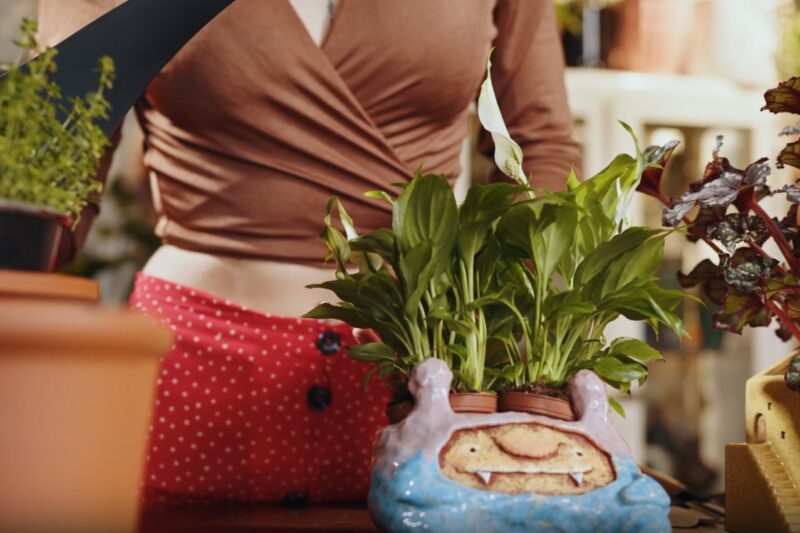Ever found yourself staring at a droopy, sad-looking plant on your windowsill, wondering where you went wrong? I sure have. More times than I’d like to admit, my green friends have looked more like they were ready for a funeral than flourishing under my care.
But here’s the thing I’ve learned through trial, and error, and a whole lot of Googling: plants are surprisingly resilient. With a bit of love, patience, grow room controller, and the right tricks up your sleeve, you can bring even the most forlorn plants back from the brink.
In this guide, I’m sharing my top 10 strategies that have transformed me from a serial plant killer to a proud plant parent. These steps have revived my green buddies!
1. Assess the Situation
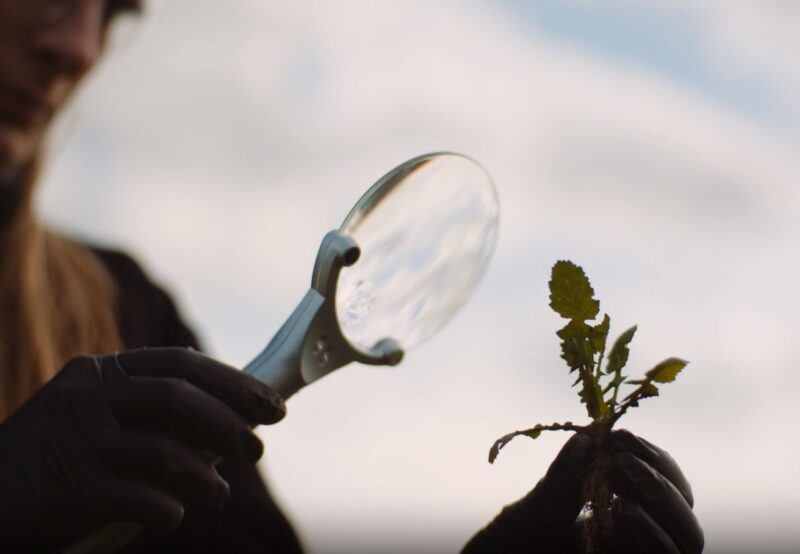
Start by examining your plant closely. Look for signs of life such as new growth, green stems, or any remaining healthy leaves. This will help you understand the extent of the damage and the potential for recovery. Pay special attention to the color and texture of the leaves, as these can offer clues about what your plant needs.
Yellowing leaves might indicate overwatering, while brown, crispy leaves suggest a lack of humidity or under-watering. Identifying these signs early can make a significant difference in the recovery process.
2. Trim Dead Leaves and Stems
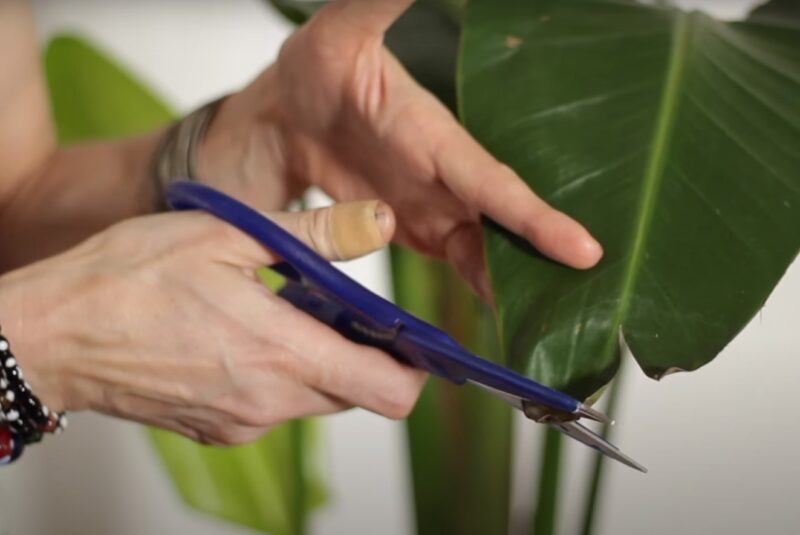
Use clean, sharp scissors or pruning shears to remove any dead or dying leaves and stems. This not only cleans up your plant but also redirects its energy to healthier parts. Make sure to sterilize your cutting tools before and after use to prevent the spread of disease.
Cutting just above a leaf node can encourage new growth. Be careful not to over-prune, as removing too much foliage at once can stress the plant.
3. Adjust Watering Habits
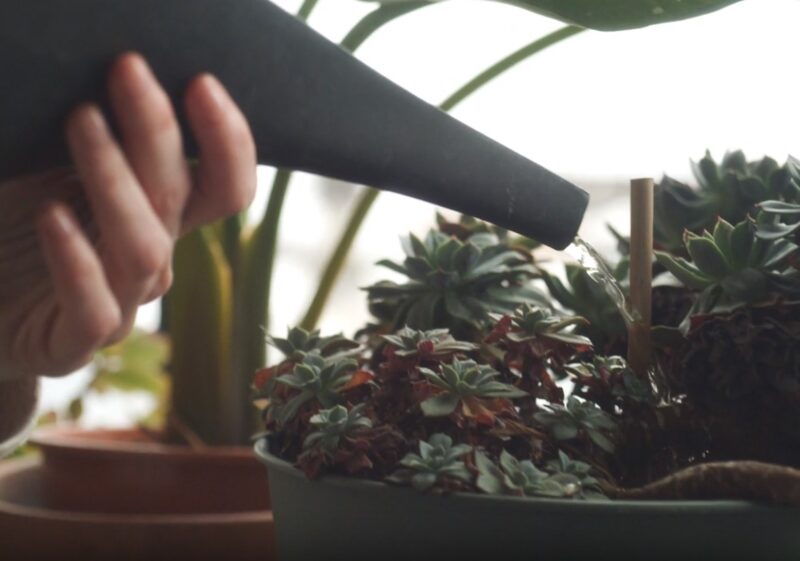
Over-watering and under-watering are common issues that lead to plant distress. Allow the top inch of soil to dry out before watering again. If the soil is extremely dry, soak the pot in a water bath for a few minutes to rehydrate evenly.
Consider the type of plant when determining watering needs, as some plants prefer drier conditions, while others thrive in moist soil. Using a moisture meter can help remove the guesswork from watering. Remember, the frequency of watering will also change with the seasons.
Interestingly, the broader environment, including areas affected by practices like surface mining, can significantly alter the natural soil composition and water retention capabilities, further emphasizing the need for tailored plant care.
4. Provide Proper Lighting
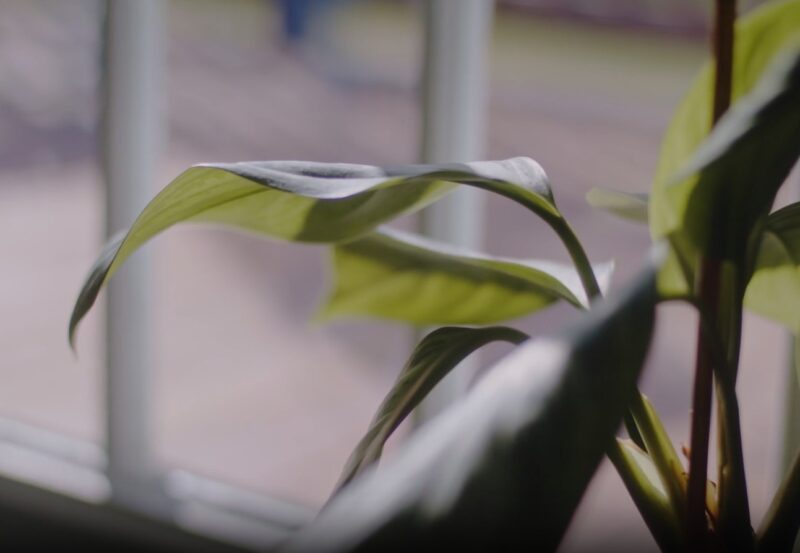
Light is crucial for plant health. If your plant is fading, it might not be getting enough light. Move it to a brighter spot, but avoid direct sunlight that can scorch its leaves. Conversely, if it has been in too much direct light, find a spot with indirect sunlight.
Rotating your plant regularly can ensure that it receives light evenly on all sides, promoting balanced growth. Experiment with different locations in your home to find the optimal spot for your light requirements.
5. Check for Pests
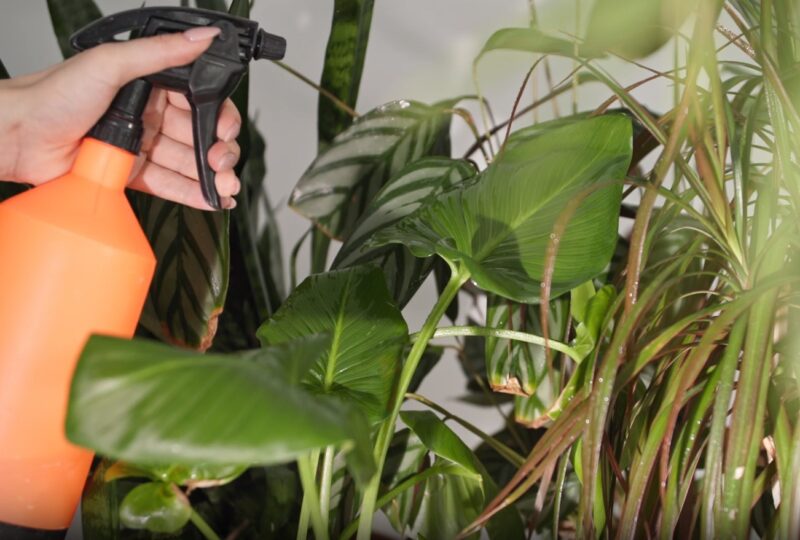
Inspect your plant for signs of pests, such as mites, aphids, or spider webs. If you find any, gently clean the leaves with soapy water or an appropriate insecticidal soap. Regular monitoring can help catch infestations early before they become severe. Isolate affected plants to prevent the pests from spreading to your other greenery.
Natural predators like ladybugs can also be introduced as an organic way to control pest populations.
6. Adjust Humidity

Some plants thrive in more humid environments. If your home is dry, especially during winter, consider using a humidifier or placing a tray of water near your plant to increase humidity. Grouping plants together can also create a microenvironment that naturally boosts humidity levels.
Misting your plants lightly in the morning can also help increase humidity around them, but be wary of doing it too frequently, as it can encourage fungal diseases.
7. Fertilize Carefully
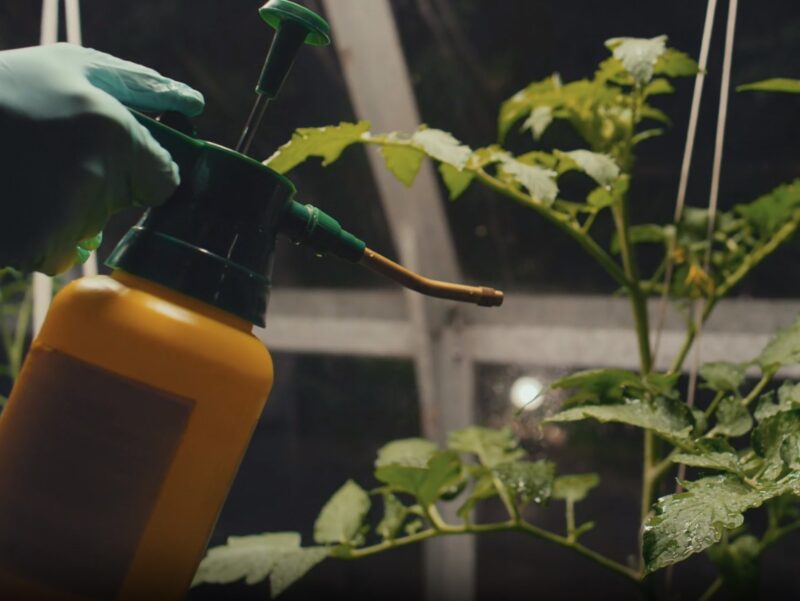
A weakened plant might benefit from a boost of nutrients, but be cautious not to over-fertilize, as this can harm the roots. Use a balanced, liquid fertilizer diluted to half the recommended strength. It’s best to fertilize during the growing season when your plant is most able to absorb and utilize the nutrients.
Avoid fertilizing a stressed plant, as it can cause further damage. Instead, wait until it shows signs of recovery and new growth.
8. Repot If Necessary
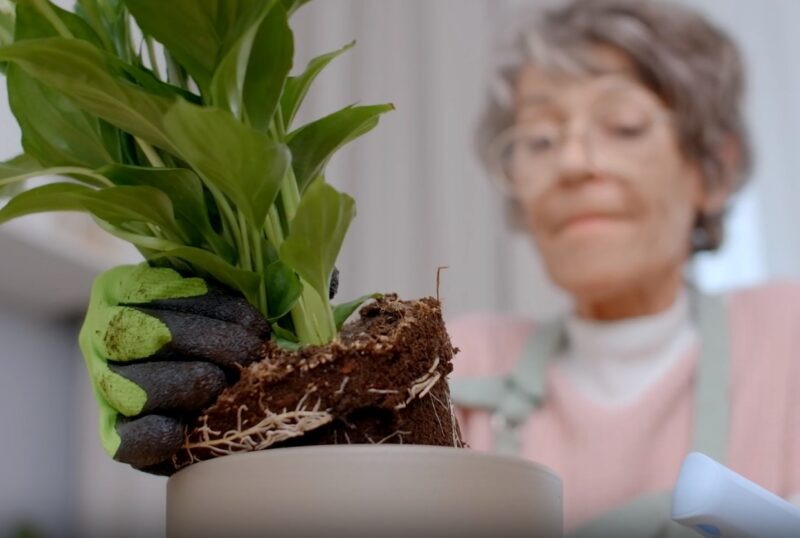
If your plant is root-bound or the soil is depleted, it might be time to repot. Choose a pot that’s slightly larger than the current one and use fresh potting soil. Ensure the new pot has adequate drainage. This can provide the plant with a refreshed environment that’s conducive to growth.
Be gentle when removing the plant from its old pot to minimize stress. After repotting, water the plant thoroughly to help settle the soil around the roots.
9. Provide Support
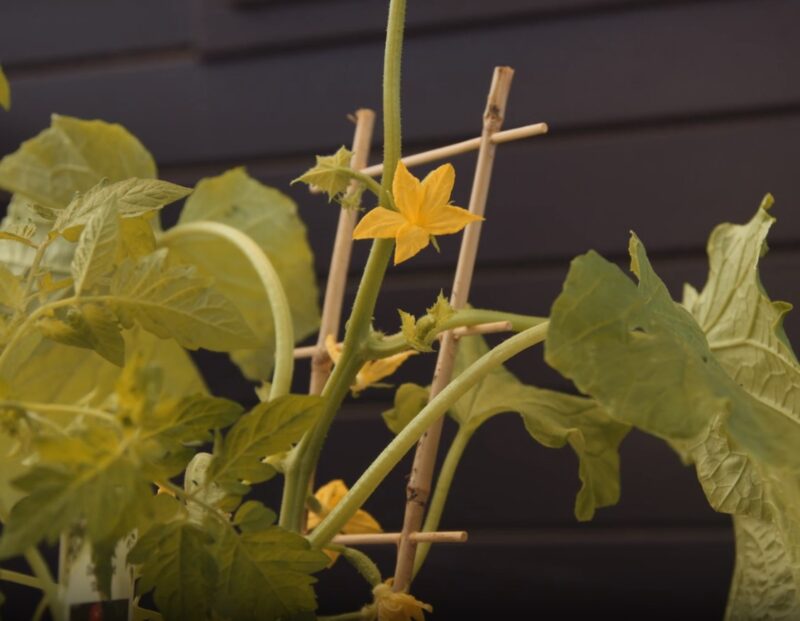
Tall or leaning plants might just need a little support to get back on their feet. Use stakes or a trellis to support plants and encourage them to grow upright. This not only helps the plant look better but also ensures it can receive light more evenly.
Secure it gently to the support structure using soft ties, taking care not to damage the stems. As the plant grows, adjust the ties to accommodate its size and weight.
10. Be Patient
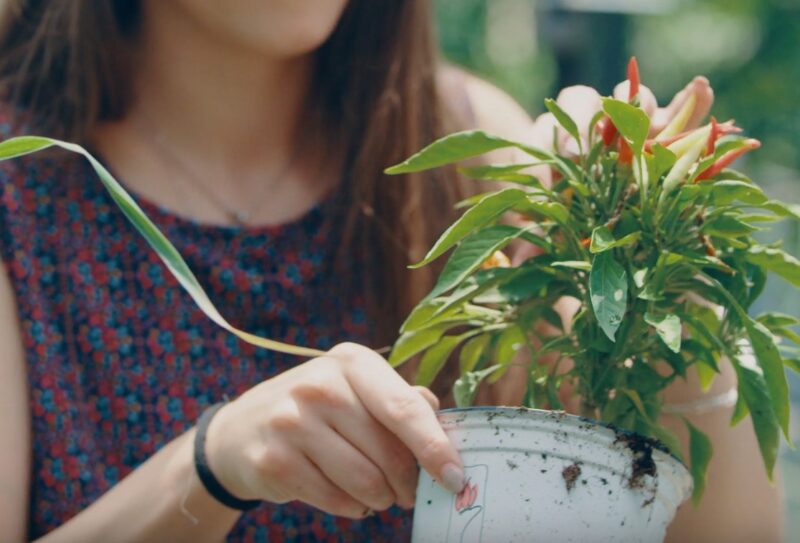
Reviving a plant takes time. After following these steps, give your plant some time to recover. Continue to care for it, adjusting as necessary based on its response. Plants have a remarkable ability to bounce back from the brink with the right care and conditions.
Celebrate small victories, like the emergence of new leaves or roots. Reviving your plant can be as rewarding as seeing it thrive again.
FAQs
How often should I check my plant for signs of recovery after implementing these revival steps?
It’s good to check on it every few days to monitor its progress. Look for subtle changes such as new leaf growth, changes in leaf color, or improved posture. However, avoid making any drastic changes to care routines during this period to give your plant a stable environment to recover.
Can talking to or playing music for my plants really help them recover faster?
While the scientific evidence is mixed, some studies suggest that plants may respond positively to sound vibrations. Talking to them or playing music can’t hurt and may benefit your plants by encouraging growth. Plus, it’s a great way to bond!
What should I do if my plant continues to decline despite following all the recommended steps?
If your plant continues to decline, it might be worth investigating more specific issues, such as root rot or a disease that hasn’t been addressed. Consulting with a local nursery or expert can provide tailored advice. Sometimes, despite our best efforts, a plant may not recover, and it’s important to remember that this doesn’t reflect on your overall gardening skills.
How can I tell if my plant is too far gone to save?
A plant might be beyond saving if it shows no signs of life for an extended period, such as no new growth during its growing season, brittle stems, and leaves that crumble to the touch. If the roots are completely rotted, recovery may also be impossible. It’s sometimes best to start anew and apply what you’ve learned to your next plant.
Is it necessary to isolate a plant I’m trying to revive from my other plants?
If your plant is suffering from a pest infestation or a contagious disease, it’s wise to isolate it to prevent the issue from spreading. For non-contagious problems, such as over-watering or lack of light, isolation isn’t necessary unless it helps you provide the specific conditions it needs to recover.
After my plant shows signs of recovery, how do I ensure it doesn’t relapse?
Once your plant begins to recover, continue providing it with stable care tailored to its specific needs, including the right balance of light, water, and nutrients. Monitor the plant closely for a while to ensure it’s adapting well to its care routine. Gradual reintroduction to its original environment or care routine can help strengthen it against future stress.
The Bottom Line
Bringing a plant back to life is a rewarding challenge that requires patience, care, and a bit of know-how. By following these ten steps, you’re not just saving a plant; you’re cultivating a deeper understanding and connection with the natural world.
The key to success is observation and adjustment. So, if you’re looking at a plant that seems beyond hope, don’t give up just yet.

